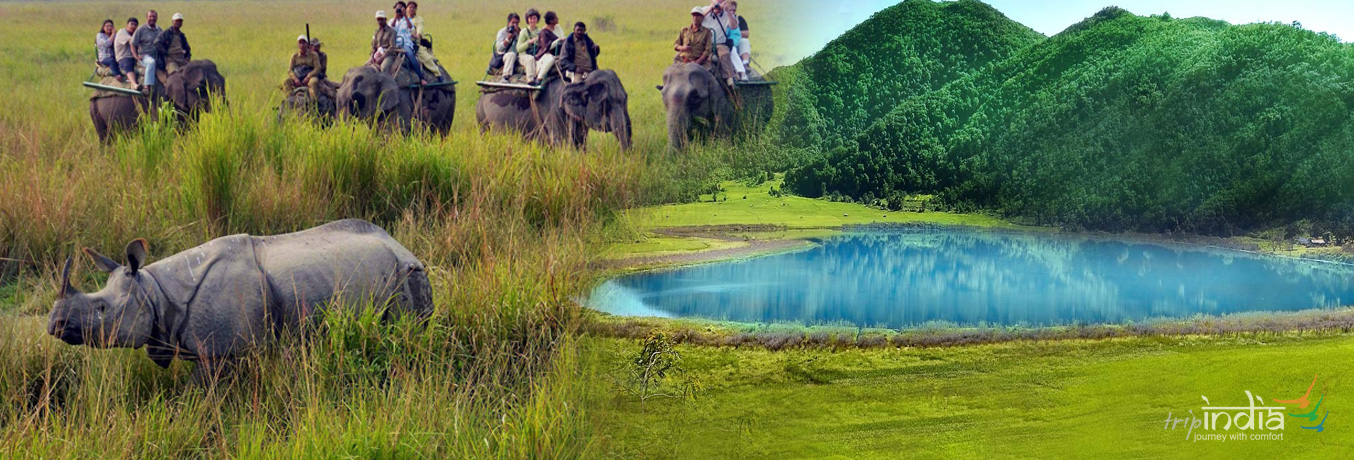Fairs and Festivals of Assam :
The fairs and festivals in Assam is a mirror of the lifestyle of the people of Assam. These fairs and festivals attract a large number of visitors from all over the world throughout the year. Some of the major fairs and festivals of Assam are.
Majuli Festival: The Assam Majuli Festival is held on the bank of river Luit, the location of which has an immensely beautiful and scenic view. The river Luit is just 1.5 kilometers from the sub-divisional headquarter of Majuli Island, Garamur. The Festival organizes many cultural programs with the cultural troupes of Majuli as well as troupes from the rest of the country.
Elephant Festival: It is one of the major festivals of the north eastern state of Assam in India. This is one of the largest elephant festivals in India for the purpose of conservation and protection of Asiatic elephants. It attracts a large of tourist from all over the world during The Elephant Festival of Kaziranga in Assam.
Magh Bihu (Bhogali Bihu): One of the most beautiful festivals of Assam which marks the end of the harvesting season when there is abundance of everything. This festival is celebrated in smallest of town to the cities with great joy, although the mode of celebration differs from the villages to the cities.
Bohag Bihu (Rongali Bihu) : Of the three Bihu Festivals held in Assam, the Rongali Bihu Festival is celebrated in Spring. The Assamese people, irrespective of caste, creed, faith, religion and belief, take part in the Bihu Festival.
-
Ambubachi Mela: It is one of the famous mela celebrated in the capital city of Guwahati, in the Kamakhya Temple of Guwahati. The Ambubachi is a ritual of asceses observed with “Tantrik means”. It is believed that the presiding goddess of the temple, Devi Kamakhya, the Mother Shakti, goes through her annual cycle of menstruation during this time stretch.
-
Assam Tea Festival: It is one of the famous festivals celebrated in the district of Jorhat in the northeastern state of Assam, which is famous for its Tea Garden and is the hub of tea industry. Jorhat has the world famous Teklai Experimental Centre.
-
Ali Ai Ligang: It is one of the famous festivals celebrated with the flavor of brotherhood and harmony. It is a spring festival celebrated by the Mishing Tribe of people.
-
Dehing Patkai Festival: It is one of the famous festivals celebrated in Assam and is named after the majestic Patkai range and the mischievous Dehing River. This festival is a combination of tribal fairs, tea heritage tours, golfing, adventure sports, and wildlife pleasure trip.
-
Kati Bihu Festival: One of the most beautiful festivals of Assam and it starts with the construction of a hut like structure of thatched roof. The structure, "meji ghar", built on the rice fields is set aflame on the first day of the festival. An important festival of India, the Assamese community prepares for a grand feast, traditional dances, and bullfights. The Bihu dance of Assam is world famous
